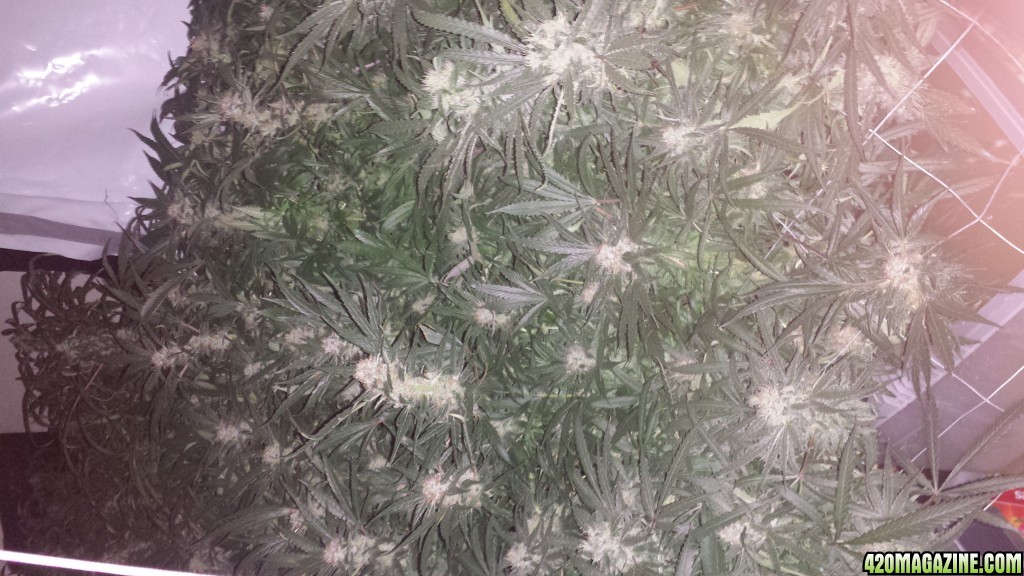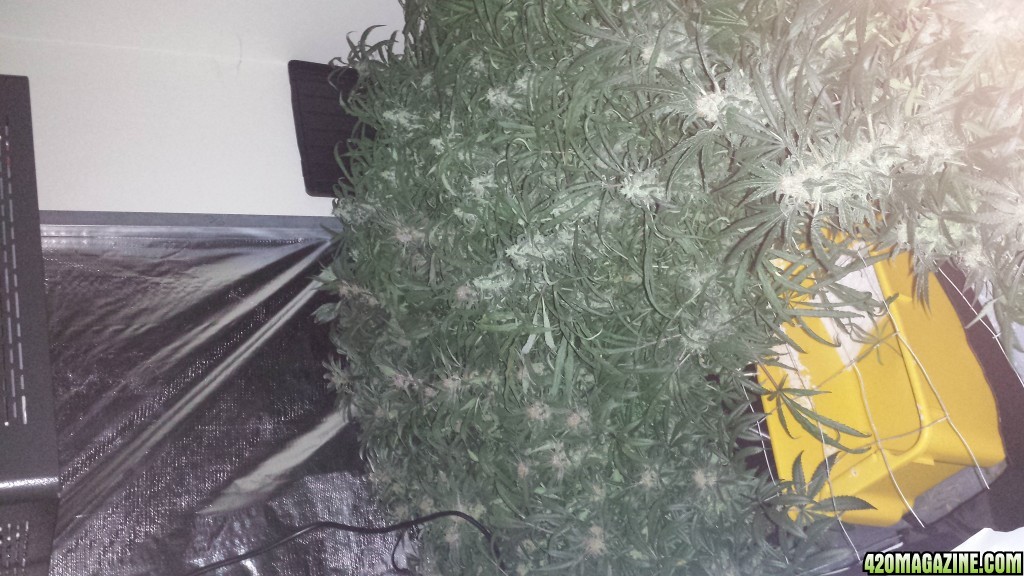ok so basically for the purposes of this conversation, soil for mj has 3 levels of soil ph perfect-tolerable and intolerable.
Perfect would be some where between PH 6 & 7, tolerable PH 5.6 to 6/ 7 to 7.5 intolarable below PH 5.5 or greater than 7.6 this is the area ya more likely start to come across nutrient defs for MJ, inless shortage of micro nutrients from regular nutrients used for feeding of a non chelated form !
it appears that your saying (for smaller soil grows like pots) that if the soil is in the tolerable catagory you dont need to do anything except ph your feed? as it will set itself correctly over a little time, but if your soil is intolerably acidic then you too would suggest dolomite to calm it down to tolerable?
Soil will self buffer to a degree no matter what PH the feed is ! you just have to be careful of synthetic/chemical based mineral salt nutrients, where salt build up can effect PH level over time or very hard water use...
Acidic soils will require a dosage of dolomite lime to raise PH to a more agreeable level & best applied a few months before hand/growing for it to take best effect !
PH of nutrient feed is really not needed with organics as its the PH of the soil which really matters, i suspect most hydro formulated nutrients are chelated & will cover a wider range of PH for best nutrient uptake.
personally i would like to make a compost entirely out of rock dust, seaweed and MJ scraps, leave it mature for a year and have it studied to see what amendments that would need to become my all purpose soil/compost/feed.
Its possible & would more than likely look at the moisture retention of mix in the long run, rock dusts take awhile to break down to make the nutrients available for the plant to use its a rock after all, but the well rotted sea weed should do the job in the short term, might want to think about adding worm castings also.
Might be more concern about balance of nutrients as not to cause adverse effect...
Each and every amendment used has a PH value also !
im not a fan of using peat brother, its easy to get hold of now, but its running out and we are destroying natural habitats to claim the last of it =(
Ye peat is a big thing at present, i know where ya coming from & with in several years i think it won't be available on the market... from what i've read from trade mags/articles coco coir blends are showing good results !
do you have any knowledge of 'cropping to amend'? ie planting a certain crop on your land, only to destroy it and turn it into the soil to improve the soil.
i think yarrow is one of these plants.
it would be nice to learn a crop rotation system that is based on mj to keep the soil as we need it.
Yup i've come across organic farmers using
Green Manures but this is often practiced with a rotation of plots used for growing over a 3 to 4 year period, basically means a plot is left fallow (no growing) for a year or two before its used again to improve soil via decaying green manures which are often mowed to produce debris/compost or dug in at end of season.
while we are on the topic of testing soils, do i remember right that we have
sponsors to analyse soil and maybe water?
i tried to find, but seem to be having a blonde moment.
Not sure about that one ?
You can buy soil PH test kits from most garden centers tho...
Water content as in minerals etc PPM can often be found on water companys website may take some digging around to find it tho & related to tap water... but its available, in less rain water which i believe is classed as soft water or that well water/river water may require further research of area where well/river is located due to bedrock or over laying of land which water source is derived from !








